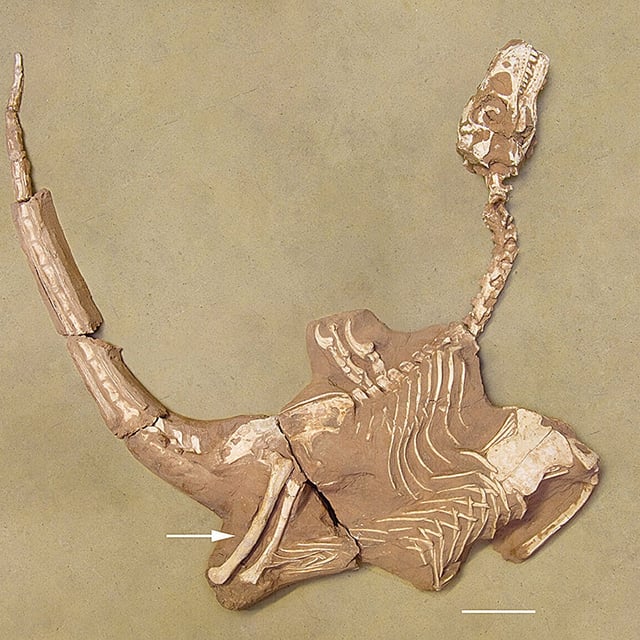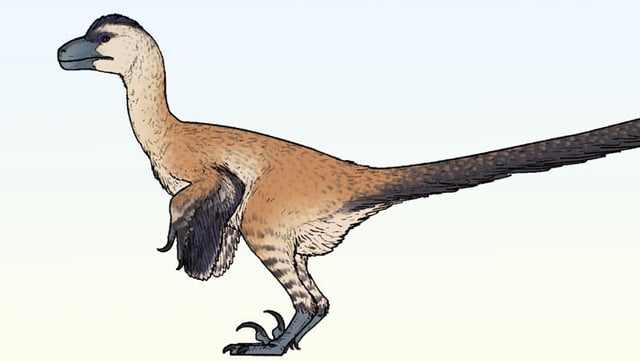Overview
- Researchers formally described Shri rapax as a new velociraptorine species in Historical Biology on July 13, based on an articulated skeleton from Mongolia’s Djadokhta Formation dating to 75–72 million years ago.
- The standout feature is exceptionally robust hand bones—pollex elements about 150% more robust than in other Djadokhtan dromaeosaurids—with scans indicating specialization for subduing larger, more robust prey.
- Paleontologists interpret the sturdy forelimbs as evidence of niche partitioning among contemporaneous velociraptorines, possibly including predation on young ceratopsians and armored dinosaurs.
- The specimen’s exact findspot remains uncertain due to its history of illegal poaching before 2010 and subsequent passage through private collections in Japan and England before acquisition by the French company Eldonia.
- Having undergone 3D scanning before the original skull was lost, the fossil’s curled posture suggests suffocation or drowning and it is now set to be officially repatriated to Mongolia.

